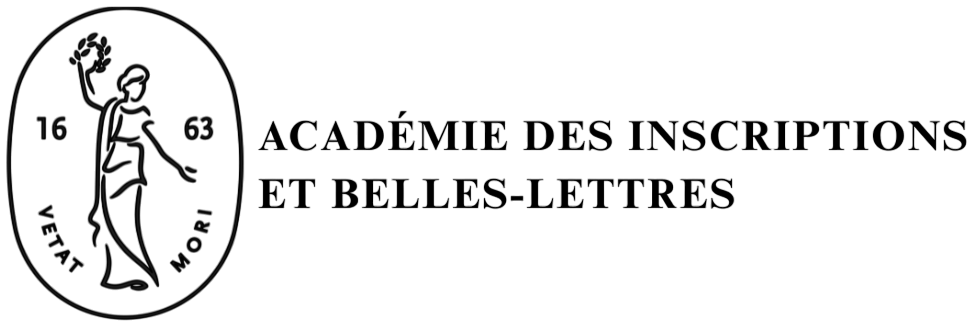Séances Séance du 16 mai 2014

– Communication de Mme Hélène Millet, directeur de recherche au CNRS, sous le patronage de M. André VAUCHEZ : « Pierre d’Ailly et le concile de Pise (1409) ».
Résumé : Pierre d’Ailly fut convaincu que Clément VII était vrai pape et que Benoît XIII saurait rétablir l’unité. Devenu évêque de Cambrai en 1397, il s’opposa à la politique de soustraction d’obédience et se tint à l’écart du mouvement unioniste. Lorsque les deux collèges unis de cardinaux eurent convoqué un concile à Pise pour l’Annonciation 1409, et Benoît XIII le sien à Perpignan pour la Toussaint 1408, ce fut l’heure du choix. Il publia deux séries de dix « Propositions », à savoir une profession de foi conciliariste puis une mise en garde contre l’élection précipitée d’un nouveau pape, et il se rendit à Pise. Là, désigné pour recevoir l’émissaire du pape romain, il fut aussi envoyé à Gênes pour régler un problème apparemment économique. Pour la destitution des deux pontifes rivaux et l’annonce de l’ouverture du conclave, il était donc absent. Sa mission lui aurait-elle permis de prendre ses distances alors que les événements devenaient trop rapides à son gré ? Cette interprétation rencontre les insinuations formulées par un membre de l’ambassade que Benoît XIII avait envoyée à Pise et qui se trouva justement à Gênes en même temps que lui. Selon Boniface Ferrer, il aurait même été en passe de déserter ! Ce que démentent formellement son retour au concile et sa désignation comme commissaire aux réformes. Sa mission avait peut-être pour objet de sonder les intentions des ambassadeurs pour savoir s’il convenait de les attendre. Comme Pierre d’Ailly s’était abstenu de souscrire la sentence de condamnation des deux « contendants », il est clair que, malgré son adhésion à l’obédience pisane – Jean XXIII le créa cardinal en 1412 -, il n’avait pas voulu cautionner des actes à l’avance dénoncés comme téméraires. A Constance, il fut parmi les premiers à préconiser le retrait du pape pisan.
Pierre de d’Ailly and the council of Pisa (1409)
Abstract: Pierre d’Ailly was convinced that Clement VII was “true pope” and that Benedict XIII can restore unity. Bishop of Cambrai in 1397, he opposed the policy of withdrawal of obedience and stood away from the unionist movement. When both sacred colleges united and they had convened a council at Pisa, Annunciation 1409, and Benedict XIII had summoned his followers to Perpignan for Toussaint 1408, it was decision time. He published two series of ten “Proposals”, namely a profession of counciliarism then cautions against hasty election of a new pope, and he went to Pisa.
There he was designated to receive the envoy of the Roman pope, and also sent to Genoa to set an economic problem apparently. He was therefore absent for the removal of two rival pontiffs and the announcement of the opening of the conclave. One may wonder whether, in accepting such a mission he did not look especially being away from the council as the events became too fast to his will. This interpretation is consistent with the insinuations made by a member of the embassy Benedict XIII had sent to Pisa; the embassy was precisely in Genoa at the same time as him. According to Boniface Ferrer, he was even about to desert! This is denied by his return to the council and his participation in the reform commission. His Genoese mission may have been to fathom the ambassadors’ intentions in order to know whether it was wise or not to wait for them. As Pierre d’Ailly had refrained to subscribe the sentence of condemnation of the two contending popes it is clear that, despite its accession to the Pisan obedience – John XXIII created him cardinal in 1412 – he did not want sanction actions in advance denounced as reckless. At Constance, he was among the first to advocate the removal of the Pisan pope.

